Are you not seeing the results you expect from your email marketing campaigns? Wondering if you are making mistakes that might be hurting your email conversions?
A lot of marketers fall into the trap of setting up an email marketing campaign, but not applying the right strategies to succeed in their goals.
In this article, I’ll share the most common email marketing mistakes bloggers, marketers, and even experts make that sabotage their email marketing’s success. I’ll also share tips on how you can correct them.
Before we get to the list of common email marketing mistakes, here’s a quick primer on why you should avoid email marketing mistakes at all costs.
Why Avoid Email Marketing Mistakes?
A big benefit of using email marketing is that nearly everyone uses email. In fact, 50% of online adults use email.
Email marketing also offers the highest return on investment (ROI) compared to all other marketing channels. To be specific, email marketing can make you $42 for every $1 you invest in an email campaign. That’s an ROI of 4,200%!
It’ll be foolhardy to not have an email marketing strategy as part of your larger marketing strategy. But it’ll be even riskier to run an email marketing campaign riddled with blunders. Mistakes will not only cost you time and money but also turn away potential customers forever.
Here are a few important statistics that highlight why you should avoid email marketing mistakes:
- 44% of B2B marketers cite email marketing as their most effective marketing channel.
- 59% of buyers say that marketing emails influence their purchase decisions.
- In 2023, 52% of consumers made a purchase directly from an email.
- Abandoned cart emails have an open rate of 53.57% and can earn you $3.45 in revenue per abandoned cart.
- Email outperforms social media posts by 13% and social media ads by 11%.
All in all, email marketing is too significant to be ignored. But more importantly, shoddily done email marketing poses more dangers than not running one at all.
Next, let’s go over the most common email marketing mistakes and tips on how to avoid them.
14 Common Email Marketing Mistakes You Should Avoid
- Getting Off on the Wrong Foot
- Not Having a Clear Call to Action
- Not Meeting Your Customer Expectations
- Not Looking Professional
- Using Cliche and Sales-Heavy Language
- Ignoring Your Mobile Users
- Using Too Many Images
- Not Making Website Signups a Priority
- Starting Email Marketing Late
- Playing the Numbers Game
- Not Knowing When to Disconnect Automation
- Waiting Until I Had ‘Enough’ Subscribers
- Letting the Haters Dictate My Email Strategy
- Having the Wrong Mindset
1. Getting Off on the Wrong Foot
Congratulations! Someone just subscribed to your email list.
So what are you going to do next?
If your answer isn’t ‘immediately send them a welcome email,’ you’re missing a golden opportunity.
By far, your most read email will be the first email you send to your subscribers.
Why? Because it’s sent when readers are most engaged with you. They just subscribed. You’re fresh in their minds. They remember you.
Welcome emails can boost your email marketing metrics, too. According to research:
- Welcome emails have an average of 91.43% open rate and a 26.9% click-through rate.
- The most effective emails for e-commerce brands are cart abandonment emails and welcome emails.
- Welcome email read rates are 42% higher than the average email.
As soon as someone signs up for your email campaign, you should send them an email that explains who you are and what they can expect from you. Welcome new subscribers to your email list. Introduce yourself. Tell them what’s ahead.
Your welcome email sets the tone for all emails to follow and plays a vital role in future conversions. Here are a few welcome email examples for you to take inspiration from.
There’s no one right way to send a welcome email. Some are lighthearted and funny:
Some are more straightforward and professional:
No matter how you compose them, all great welcome email templates have 3 common elements:
- Welcome your reader.
- Introduce the reader to the author or your small business.
- Set the stage for what’s to follow.
If you know how to write a welcome email that does these 3 things, your email campaign will be off to a great start.
For more inspiration, check out these welcome email examples that build trust with subscribers.
2. Not Having a Clear Call to Action
A great marketing campaign needs an equally good call to action (CTA). This is true whether you’re talking about a landing page, a blog post, or a business email.
Without a CTA, you’re leaving it up to your audience to figure out what you want them to do. Your readers are undoubtedly smart, but this is asking too much of them.
So before you compose your email, start with a clear vision of its purpose in mind.
What outcome do you want?
Do you want to promote a piece of content you’ve written? Do you want to inform the reader of an upcoming launch or event? Do you want to make a sale?
Focus on getting the copy, images, and email design right to guide your readers to this goal. Then, before you send the email, make sure your call to action is clear, enticing, and points the reader towards the outcome you hope to achieve.
So how do you make a great call to action? Here are a few suggestions:
Make Your CTAs Easy to Find
Don’t bury your CTAs in your email content. Use bright colors, bold text, or large buttons. Display it prominently so that it stands out from the rest of your email. If necessary, A/B test the CTA button colors to see what works best for you.
Here’s a follow-up email example from WPForms with a CTA that stands out clearly from the copy:
Use the Right CTA Words
Words are powerful. If your CTA is boring or vague, readers may skip right over it.
Use action words like ‘read more’ or ‘buy now.’ Use urgency. Pique your readers’ curiosity.
Don’t Muddle the Message
Like so many things in life, there can be too much of a good thing. If you have multiple calls to action in a single email, your message can easily become muddled.
Instead of taking the action you wanted them to take, readers will take no action at all.
Repeat the Message
When it’s appropriate, repeat your CTA more than once.
All the great sales pages apply this technique to make it easy for your target audience to click on a desired CTA no matter where they are on the page.
You’re trying to make it as easy as possible for your reader to go straight from the email to a landing page or a product page. Repeating the CTA a few times allows your reader more opportunities to notice and interact with it.
Here’s a perfect example from Nood:
3. Not Meeting Your Customer Expectations
Let’s be honest.
If your emails aren’t meeting your customer expectations, they are going to unsubscribe from your email list.
And if that happens, even the best email copy in the world won’t matter. Your persuasive words, your amazing product, and your compelling CTAs will no longer be seen because your emails will no longer be delivered to inboxes.
So how can you fail to meet customer expectations?
One way is email frequency.
If you promised to email weekly, but you’re emailing your audience daily, you’re most likely annoying them with too many emails.
On the other hand, you’ll not meet their expectations if readers expect to hear from you frequently but you email once in a blue moon.
You can also fail their expectations of your audience by going off-topic.
If your readers expect weight loss tips from you, send them emails related to weight loss. If they expect blogging tips, strictly stick to blogging tips.
Don’t go off on tangents to discuss your recent trip to Omaha to attend an obesity and weight management conference, if it’s not useful to the readers.
Email offers great benefits to keep in touch with your customers and keep your brand on their minds. But don’t abuse that opportunity by being irrelevant and annoying.
Also, pay attention to the timing of your emails.
Many marketers schedule their email marketing on autopilot and forget about it. But sometimes, it so happens that your promotional emails can come across as insensitive during a natural calamity, war, or pandemic.
To avoid negative publicity, keep a close tab on your campaigns, and don’t send promotional emails at the wrong time.
Related reading: 13 Email Deliverability Best Practices to Boost Your Inbox Reach
4. Not Looking Professional
The web is a sketchy place, so new email subscribers can be skeptical of new websites and emails until they’re proven safe and professional.
And rightly so.
If your emails look sketchy or amateurish, most readers will churn immediately. Forget about conversions, you’ll be fortunate if you can keep them as subscribers.
To maintain professionalism and stop your unsubscribe rate from worsening, consider the following tips:
Check Your Spelling and Grammar
Nothing kills a conversion quite like a ‘Buy Now’ call to action. Proofread every email before you send it out.
You can use AI-powered marketing tools like Grammarly, QuillBot, and ChatGPT to automate your spelling and grammar-checking processes.
Avoid Stock Images
From the conversion point of view, you’re better off having original images over stock images. Stock images dilute your brand personality and make you look like just another generic brand.
If you are looking for high-quality images to use in your marketing, here are some great places to get images.
Here’s an example from Solo on how to use original images to make your email visually appealing:
Don’t Include Attachments
Professional marketers don’t include attachments in their emails. Know who tends to use them, though? Spammers and scammers.
Unless you are attaching a downloadable lead magnet that a reader specifically signed up to receive, don’t include attachments in your marketing emails. And even when you do, it’s best to provide a link to your PDF.
Use Respectful, Professional Language
This is a no-brainer. Unless you’re marketing specifically to sailors, don’t use curse words or slang in your emails.
Only a specific set of audiences in certain niches enjoy such language from brands sending them emails. And odds are your audience probably isn’t one of them.
Sender reputation is important, and not just among your subscribers. Email service providers like Gmail, Microsoft Outlook, and Yahoo! have spam filters that flag emails with swear words or slang.
5. Using Cliche and Sales-Heavy Language
Ever notice the similarities in the email subjects you receive in your inbox? They’re so similar, they all blend in together, don’t they?
Use what you see to your advantage. Browse your inbox. What works for you? What sounds cheesy?
You might think of your product, service, or content as being unique, but your readers likely see it as just another email that belongs in the spam folder. Unless, of course, you make yours special.
Many customers these days also use email spam filters to detect and block emails that sound salesy, cliched, or outright spammy.
So how can you avoid sounding just like everyone else? Consider the following tips:
Personalize Your Emails
Here’s where many email marketers miss the mark: they sound like a TV commercial. Instead, write your messages like you’d write someone you know. Be a friend, not a salesperson.
Here’s an example of a personalized email from emfluence:
One way to personalize your emails is to segment your email lists into groups based on demographics, purchase behavior, and other characteristics. This allows you to send targeted and personalized content to specific groups of subscribers.
You can achieve this by choosing an email service provider (ESP) that offers out-of-the-box personalization features. Here’s a list of the best ESPs for small businesses if you need help choosing.
Related reading:50 Email Segmentation Strategies You Need To Use in 2024
Talk About Them, Not About You
Instead of saying how great your product is, tell your readers what benefits they can reap from it. Make your sales focused on what value you can provide.
Shopkick does a great job on both of these points in the following short and simple email:
Spare the Clickbait
You know the type:
- The 7 Most Confusing Vegetables of the Past 10 Years (#4 Will Blow Your Mind)
- 5 People Who Messed Up The One Job They Had
- 12 Brilliant Gifts For Your Chihuahua You Had No Idea You Needed
Besides being inexplicable, these kinds of headlines and titles are a dime a dozen these days. Your emails will stand out less if their subject lines follow this tired formula.
Instead, write thoughtful email subject lines. Your readers will appreciate it, and your conversions will increase.
6. Ignoring Your Mobile Users
Want a sure-fire way to send your email conversion rates way down?
Don’t optimize for mobile.
Up to 70% of your readers will be reading your email on their mobile devices. If you’re not ensuring your audience can read your emails on their phones or tablets, you’re making a big mistake.
Formatting for mobile devices should be simple and clean, with images and texts that are easily readable on a small screen. You have limited real estate, and you don’t want to make your reader do any more work than is necessary. Keep content to a single column, and use images that are no wider than 600 pixels.
Also, don’t fly blind! Test your emails on mobile apps to ensure that they’re coming across the way that you want them to.
If you’re working with a small team or simply don’t have the hours or experience to create mobile-optimized emails, there are services that can do this for you. However you do it, don’t skip it, because it could make or break your future campaign.
Here’s a look at how The Daily Dad’s welcome email looks on mobile devices:
Notice how the text is readable and the white space is generous.
This is a mobile-friendly email built for conversions.
7. Using Too Many Images
Your first instinct may be to load up your emails with beautiful, eye-catching, professional pictures that will excite your readers.
While this isn’t wrong in and of itself, it’s important to remember that many of your readers may view emails with images turned off. If you don’t have a plan B, you’re missing these clients altogether.
Plus, larger images slow your email loading speed and create a bad user experience (UX).
This doesn’t mean that you shouldn’t use images at all. It just means that you need to be judicious with how you use them. If you use the right alt text, your viewer will still be able to get a good idea of what your email is about even if the images don’t load.
‘Alt text’ is text that will replace an image if the image fails to load or is blocked by the service. It’s placed by using the ‘alt=’ tag inside the HTML code for the image. The best email marketing services let you add alt text without the need to know HTML code.
However, even if you’re using alt text, an email with a bunch of large empty boxes with a few lines of text is not going to come across well to your readers. Go easy on images and make sure that all of the truly important messages come through somewhere in plain text, so your readers won’t miss them.
This email from Airtable has great alt text for the pictures that didn’t appear here, as well as a great balance of text vs. pictures:
Even though the images in this example don’t display, the reader can still see the key messages in the email.
Do Experts Make Email Marketing Mistakes?
As it turns out, even expert marketers go wrong with their email marketing campaigns sometimes.
We interviewed 7 top email marketing experts and asked them 1 simple question: “What’s the worst mistake you ever made with email marketing?”
And they gave some pretty revealing responses!
Here’s what each of them have to say:
8. Not Making Website Signups a Priority
Katherine Pay:I run an email marketing consulting agency. Our bread and butter is in sharing our knowledge and experience of email marketing, holistically. Whilst we push for best practices for our clients, there was one thing that we settled for less-than-best with our own practice, email signup placement on our website.
Due to limitations with our previous website platform and ESP, we were only able to have our newsletter form in the footer of our website.
Even though this signup was a prominent part of our footer on every page, we suffered by seeing only infrequent signups. And it perpetually grated on me as I am a staunch promoter of ensuring signup forms are easily accessed and visible. I wasn’t practicing what I preached due to technical limitations!
So, when we went through the design stage of our new website last year we made sure to include signup at the top of every page in an eye-catching box. By rectifying this mistake, we have seen our email signups jump dramatically in volume.
With over 18 years of email marketing experience and 12 years on the UK DMA Email Marketing Council, Kath Pay is regarded as an industry thought leader. You can get more of her tips and insights at Holisticemailmarketing.com.
Want to put Kath’s tip into practice on your own site? OptinMonster makes it easy to create signup at the top of every page with our floating bar campaigns:
9. Starting Email Marketing Late
Ian Brodie:I’ve made pretty much all possible email marketing mistakes. Sending out broken links, incorrect dates, wrong prices, and badly formatted emails. I even sent out a private invite to a small group call for 10 people to 10,000 subscribers by mistake.
I’ve had emails with fun stories in them using celebrities as examples and failed to change the emails when the celebrities got embroiled in all sorts of scandals.
And I’ve made the mistake of not monitoring my key emails closely enough and finding out days later that my most important ‘last day’ email didn’t get sent out. As a result, my sales took a huge hit.
But probably my most costly mistake was simply not starting with email soon enough.
For the first few years after starting my business, I invested in SEO, social, and content marketing. But I just felt that email was a bit old-fashioned. It took one of my good friends to pull me up and tell me what an idiot I was before I came to my senses.
I’ve never looked back.
Ian Brodie helps consultants and coaches win more clients by becoming seen as authorities in their fields. He’s the author of the Amazon Best Seller ‘Email Persuasion’.
You can get more of his tips, insights, and ideas on the market free at www.ianbrodie.com
Are you making the same mistake Ian made? Wondering how to get started? Read our beginner’s guide to email marketing.
Need a bit of a smaller bite? Start by creating an email newsletter.
Want to know another of the classic email campaign pitfalls? Here’s how Joel Klettke sees it:
10. Playing the Numbers Game
Joel Klettke: The worst email marketing mistake I’ve made was approaching it as a numbers game (e.g., How often should we email? How many emails in the series?). Instead, we should be thinking through:
- Our goals.
- Our audience’s awareness level/point of need.
- The purpose of every email is to help bring them to a point of meeting that need.
Too often, I (or clients) would assume we needed x amount of emails, and we would fill in the ‘purpose’ later.
Now, when I approach an email series, I carefully think through what each email is intended to do and plan out the series to correspond with how the audience reacts/does not react. Every email is engineered to bring them one step closer to their critical ‘Aha!’ moment instead of serving the whims of the marketing team.
Joel Klettke is a conversion copywriter and CRO consultant at Business Casual Copywriting, where he has helped clients like HubSpot, WPEngine, and InsightSquared turn more visitors into paying customers. Follow him on X.com as @joelklettke.
Email marketing technical issues can derail even the best-planned campaign. That’s why, once you’ve started email marketing, it’s crucial to keep a handle on your email automation workflow, as Jordie van Rijn reveals:
11. Not Knowing When to Disconnect Automation
Jordie van Rijn: Back in the days when I worked at an agency, we did a B2B campaign for an insurance company.
It had a call-me-now button that sent an SMS to individual advisors in the field ‘call this and this person.’ Worked like a charm; after the promotion, the campaign was archived.
With an update of the ESP SAAS environment, however, all running campaigns were paused and later activated (without us knowing), including this archived campaign.
The campaign had a single loop that worked if someone went through the campaign once. But that, as we found out, didn’t account for reactivation. Yikes!
So the SMS function kept on looping, ending up sending hundreds of SMSes during the night. One advisor had his SMS box full, and the messages got switched over to his voicemail, which he then had to remove manually. Luckily, only the internal people were affected.
Lesson learned: Make sure you add a ‘stop block’ and disconnect the source from any automated campaign once you retire it.
Rename the campaign accordingly when archiving and build in logic that accounts for unwanted looping. Only professional email marketing agencies and consultants learn these types of things (the hard way).
If you have really professional help, they will own up to the mistake (and don’t blame the ESP or a ‘technical problem’).
Jordie van Rijn is a thought leader in the email and marketing automation space, with over 14 years of experience. He is a consultant and online marketing speaker at Emailmonday and founder of Email Vendor Selection.
Here’s another example of what not to do in email marketing. It may feel like there’s a magic number you need to send email marketing campaigns, but as Jeff Cox found out, playing the waiting game can cost you:
12. Waiting Until I Had ‘Enough’ Subscribers
Jeff Cox: The worst email marketing mistake I’ve ever made with email marketing was putting off sending a new type of email campaign until I had ‘enough’ subscribers signed up for this particular list.
This mistake led to an unnecessary 3-month delay in the launch of our new newsletter, which ultimately came during the craziest time of the year. This meant I had a bunch of other priorities competing for time and my contacts’ inboxes were being flooded by other emails.
Of course, you want to have as big of an audience as possible. But if you keep waiting for some magical number of subscribers, your contacts will forget about signing up in the first place.
This can lead to lower engagement when you do finally send out your emails because recipients won’t be expecting to hear from you. Instead, focus on following through with the commitment you’ve made to your current subscribers and give them what they’re looking for.
Additionally, many email subscribers share insightful or interesting emails with their peers. By waiting to send out your emails, you’re limiting any list growth potential that comes through these types of referrals.
That’s why you should start sending as soon as possible so you can learn what your audience likes and dislikes while continuing to grow your list naturally and keep your subscribers coming back for more.
Jeff Cox is a digital marketing specialist in charge of US content at Brevo (formerly Sendinblue). You can find him on Twitter at @jeeff_cox.
When you start with email marketing, it’s difficult to be confident about what you’re doing, and negative feedback can put you off your game for a while, says Joanna Wiebe:
13. Letting the Haters Dictate My Email Strategy
Joanna Wiebe: Listening to the haters and, in so doing, pulling back on sending important emails. When you’re running a promotion, you’ll often send as many as 2 emails a day over a short period (e.g., 5 days).
Early on, 1-2 people would reply to my emails with something like, ‘Stop selling to me.’ And I’d internalize that feedback in a really unhealthy way. I second-guessed every email from that point on. That’s bad for biz.
So now:
1) I don’t let the people who don’t understand my biz dictate how I grow it.
2) I use segmentation to make sure I’m only sending the most relevant emails to the right people, whether that’s 2x a day or once a month.
Joanna Wiebe is the founder of Copy Hackers. She’s written conversion copy for brands like Wistia, Buffer, and MetaLab. She has appeared as a guest speaker on 100+ international stages, including MozCon and INBOUND.
Listening to the wrong feedback is one of the common email marketing problems, but it’s also essential to ensure you’re talking to the right people, as Henneke Duistermaat discovered:
14. Having the Wrong Mindset
Henneke Duistermaat: I’ve probably made all the most common email marketing mistakes. I’ve sent emails with typos (even in the subject lines).
I let my list go cold for a few months. I accidentally sent the same message twice to the same list. And once I even sent a welcome email to people who’d been on my list for years.
But all those email marketing mistakes feel minor in contrast to having the wrong mindset.
When I started my email list, I was scared of upsetting my readers and I was distraught when people unsubscribed. Did they hate my writing? Was I emailing too often? Was I too boring?
Over time, I learned you can’t please everyone. The emails that bring you closer to your raving fans are the emails that turn off subscribers in the periphery.
Now, I prune my lists a few times a year. Removing people who aren’t that interested in hearing from me feels like a good cleaning job. Plus, I’ve learned to write for my core fans only. It’s more fun for me, and more valuable for my subscribers, too.
Henneke Duistermaat is an irreverent writer on a mission to stamp out gobbledygook. Her free 16-Part Snackable Writing Course is recommended by experts as an excellent example of an opt-in bonus.
Ready to Increase Email Conversions?
Conversions don’t stop simply because you already have someone’s email address.
Now you know the top email marketing mistakes they wish they hadn’t made, you’ll be able to avoid them in your own strategy.
Next, check out our previous roundups on content marketing mistakes and nailing SEO for more expert advice.
If you are ready to grow your email list, get started by creating a newsletter sign-up form. Join OptinMonster today!

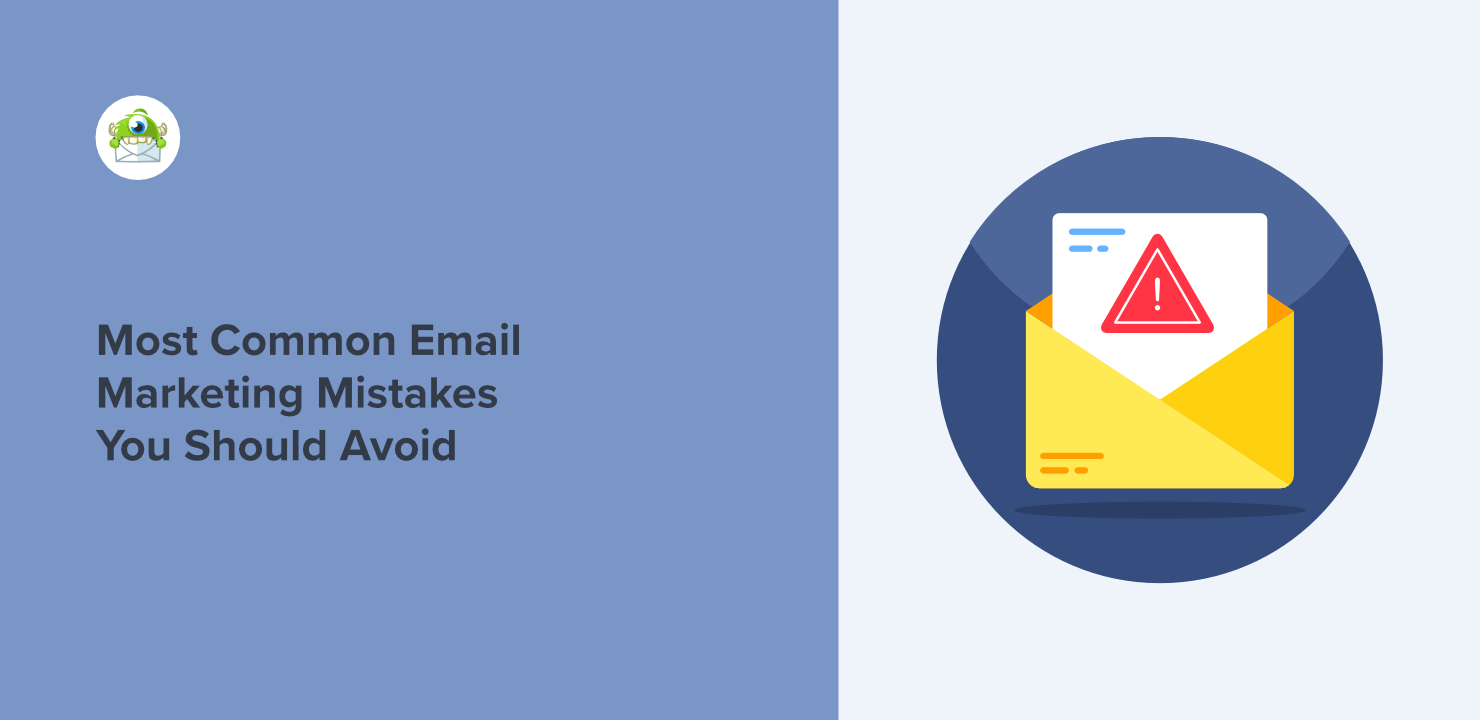
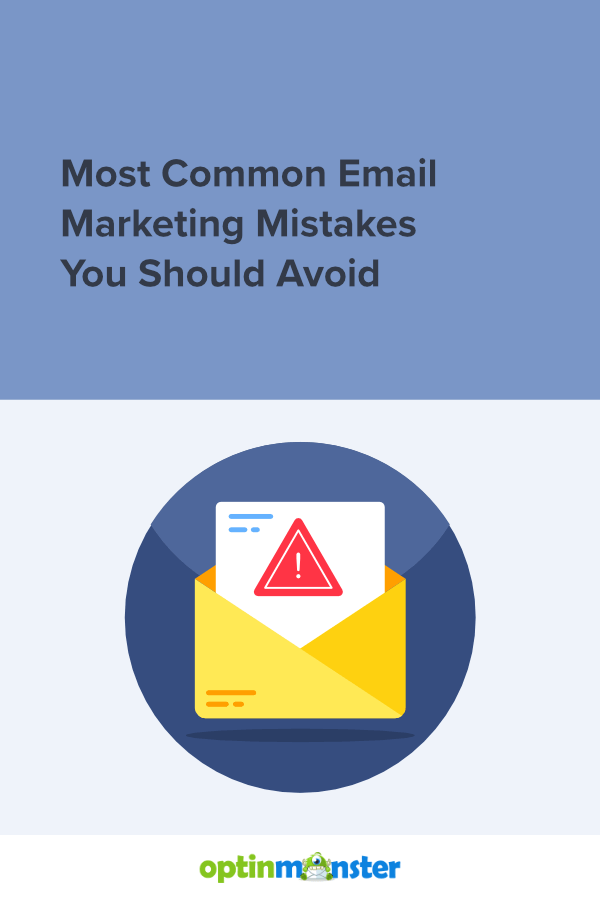
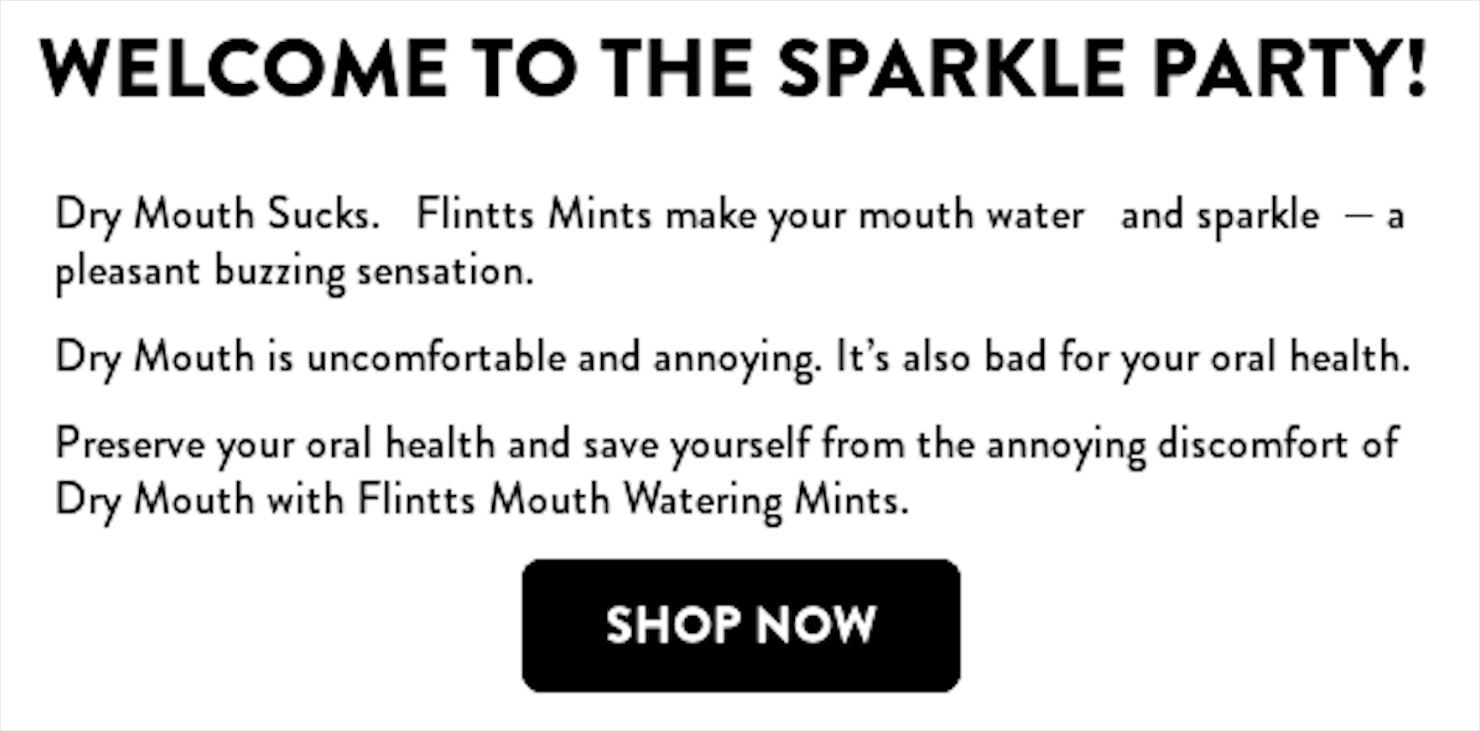
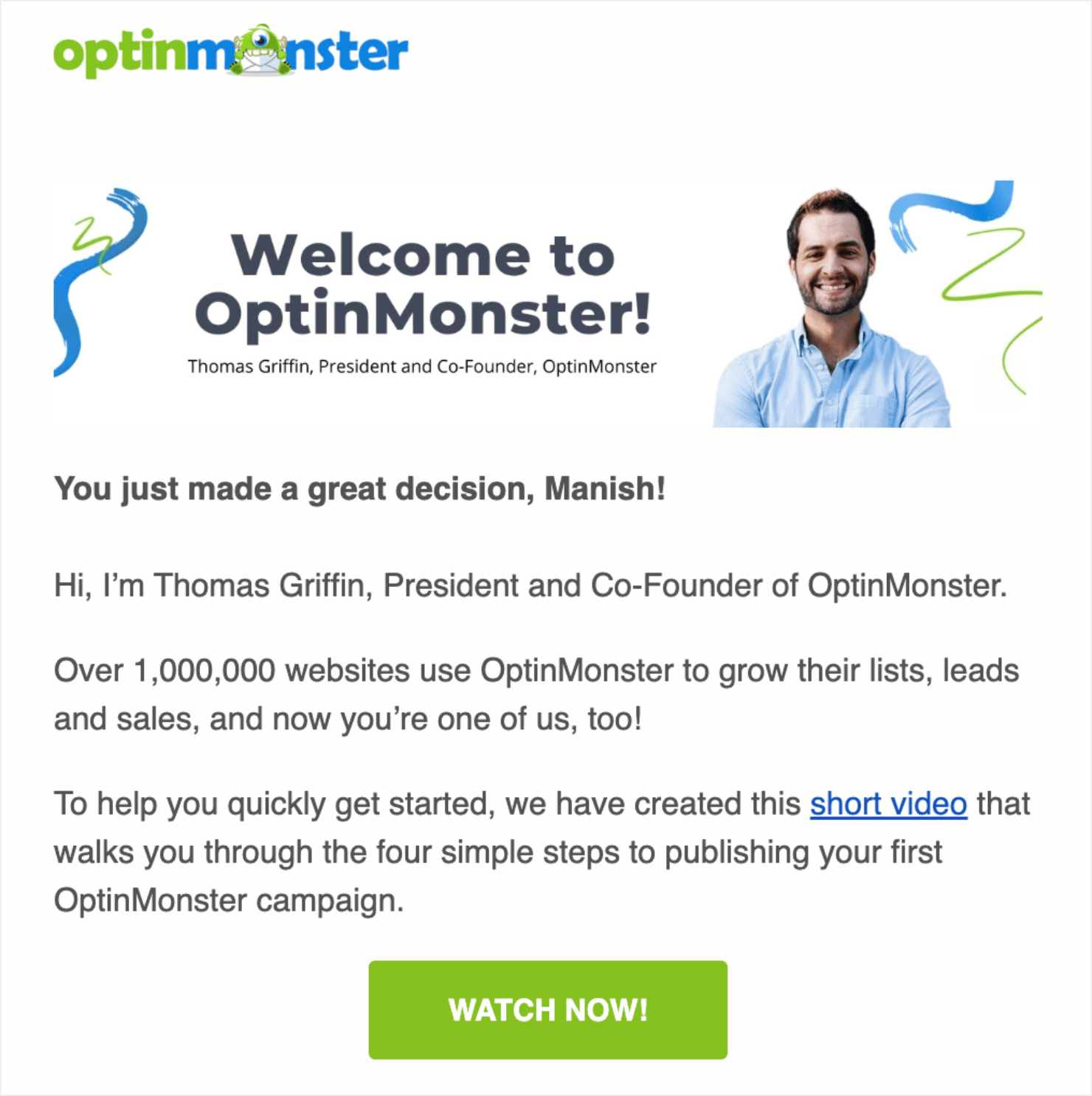
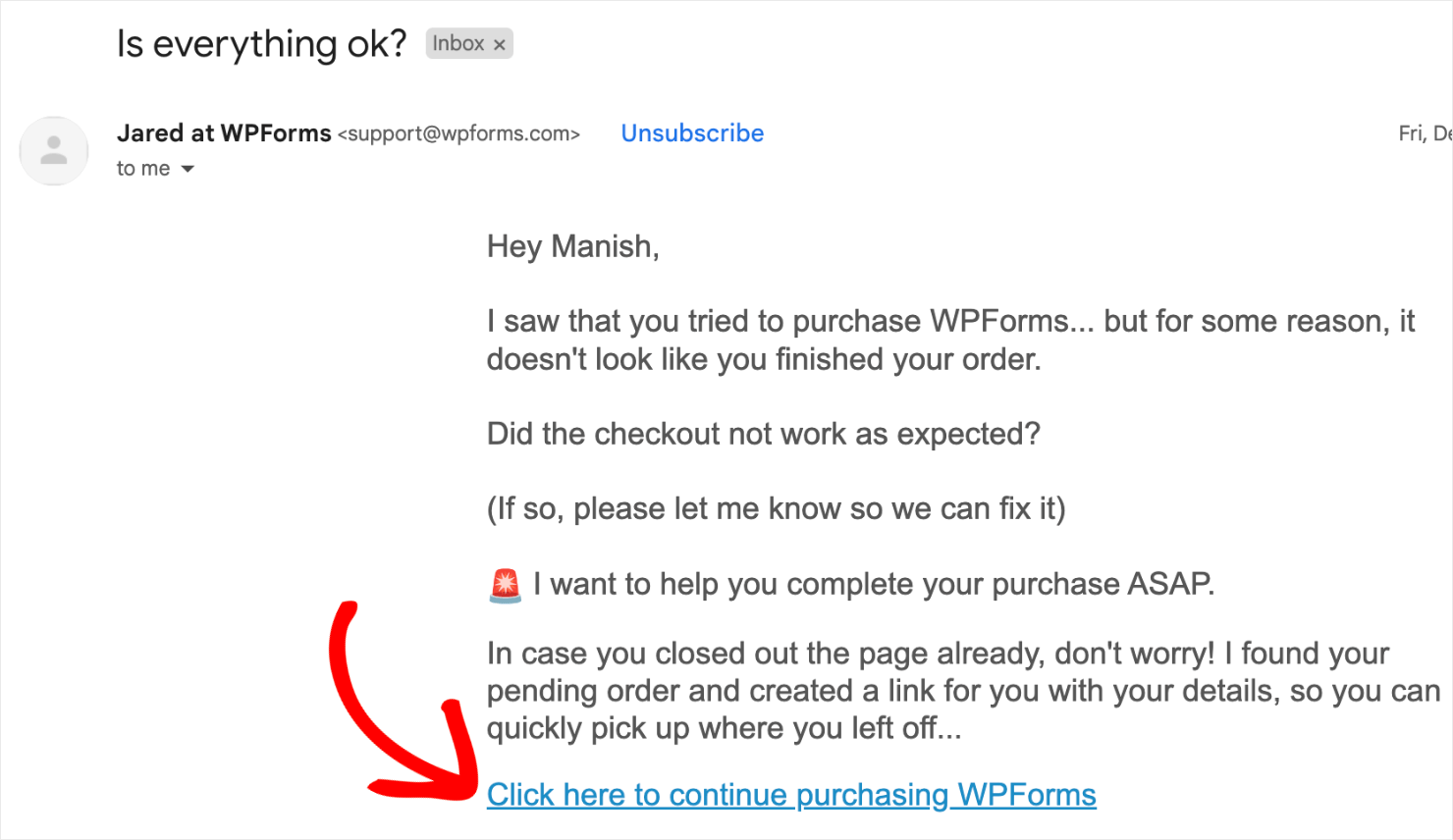

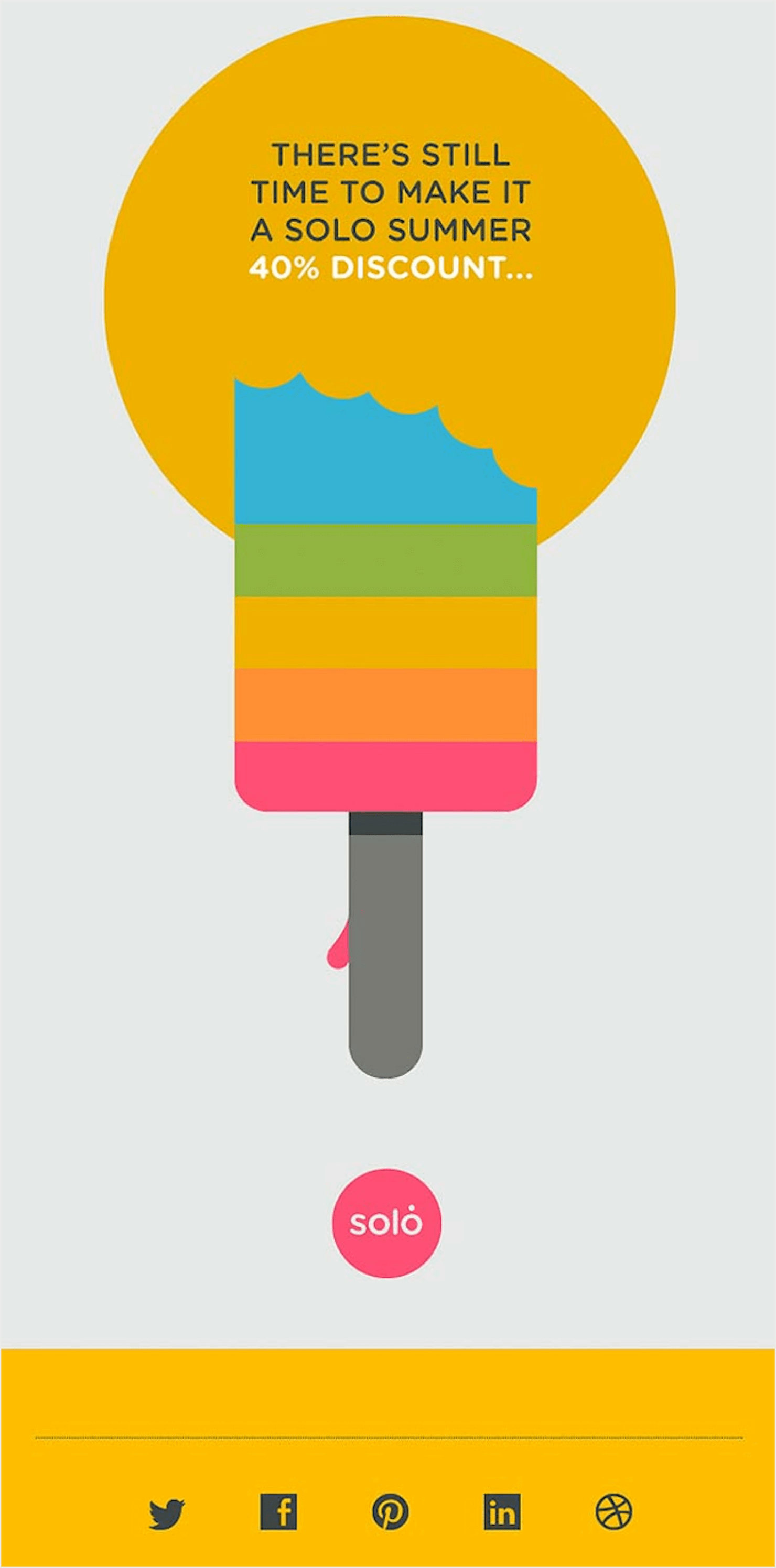
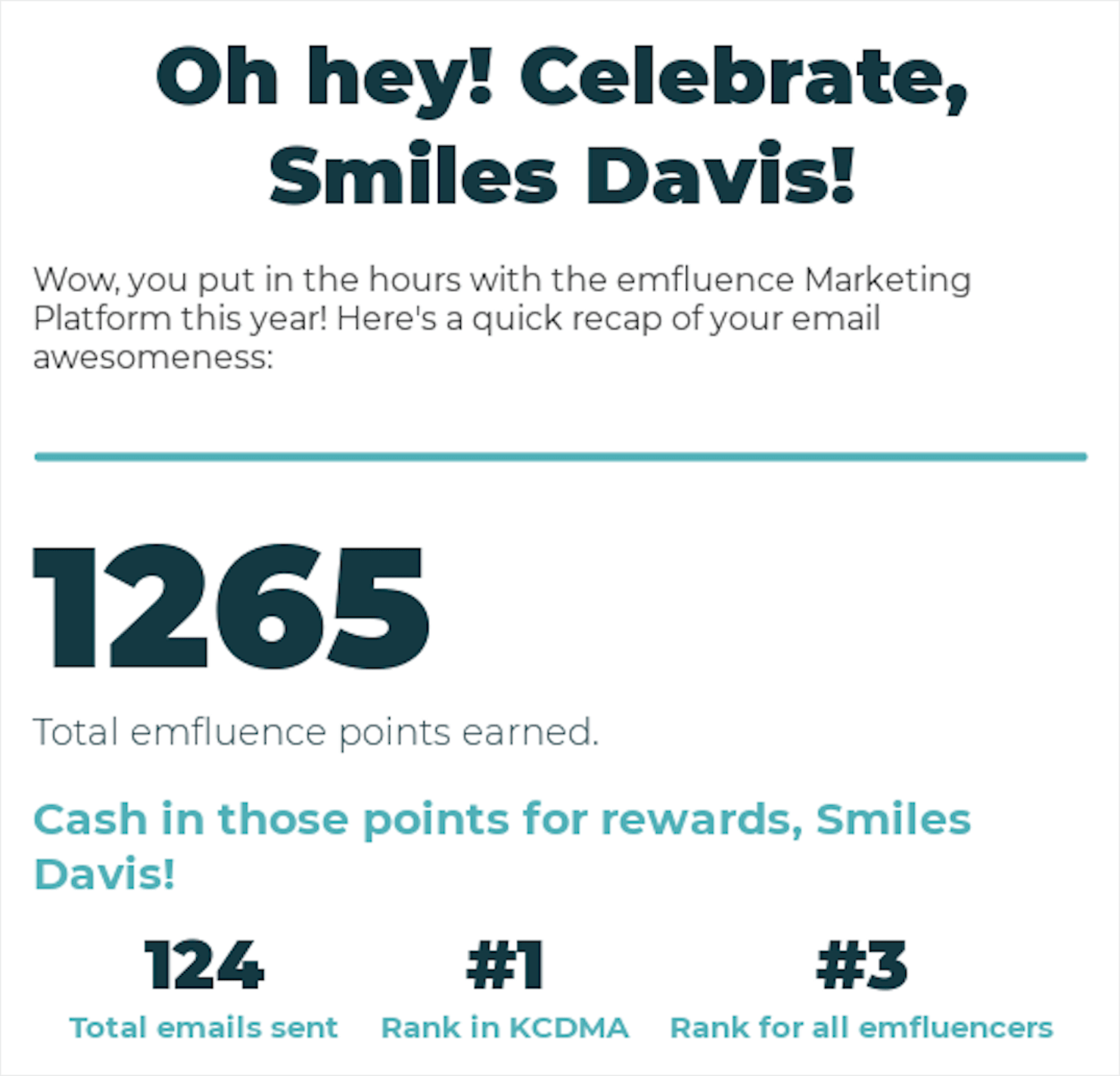
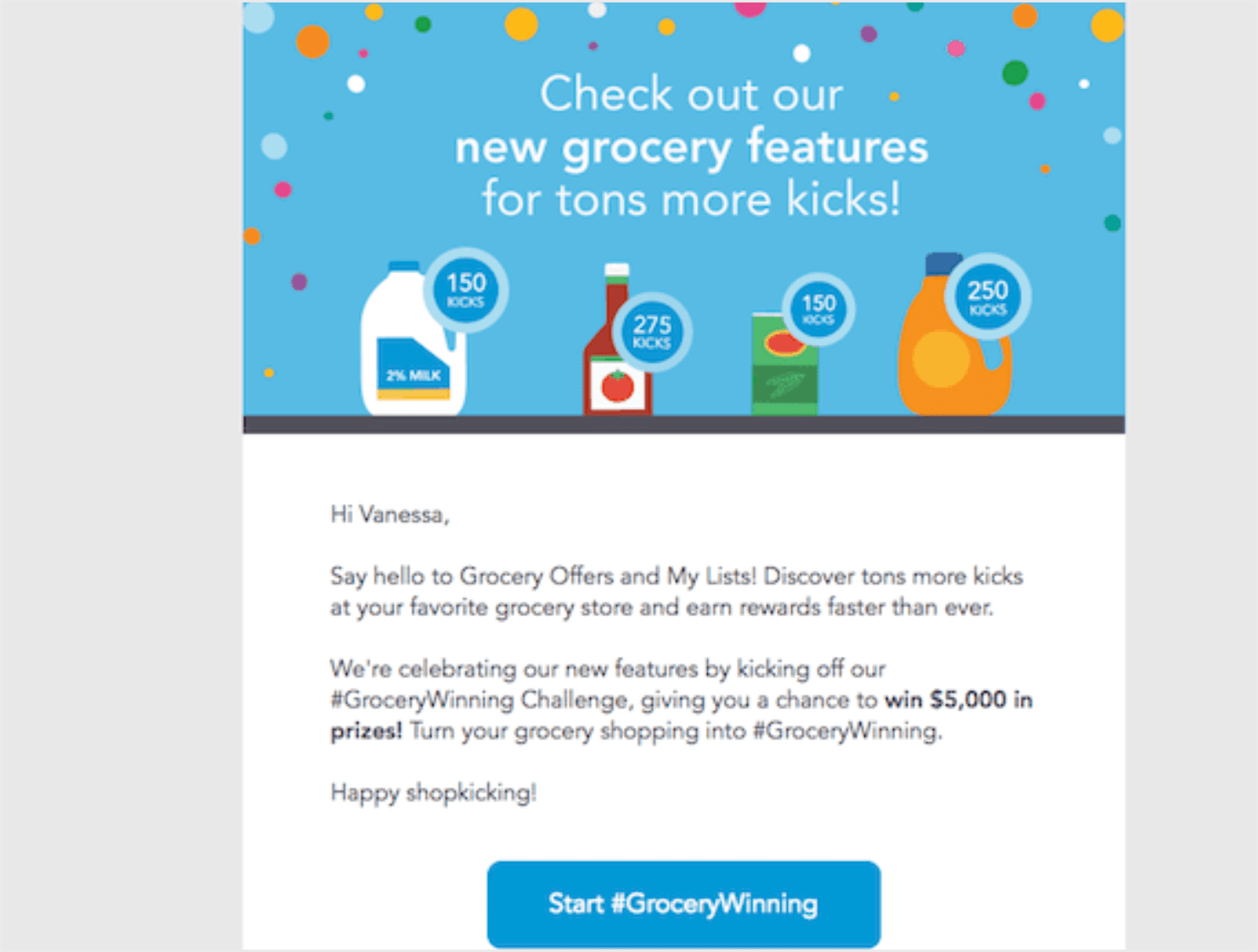
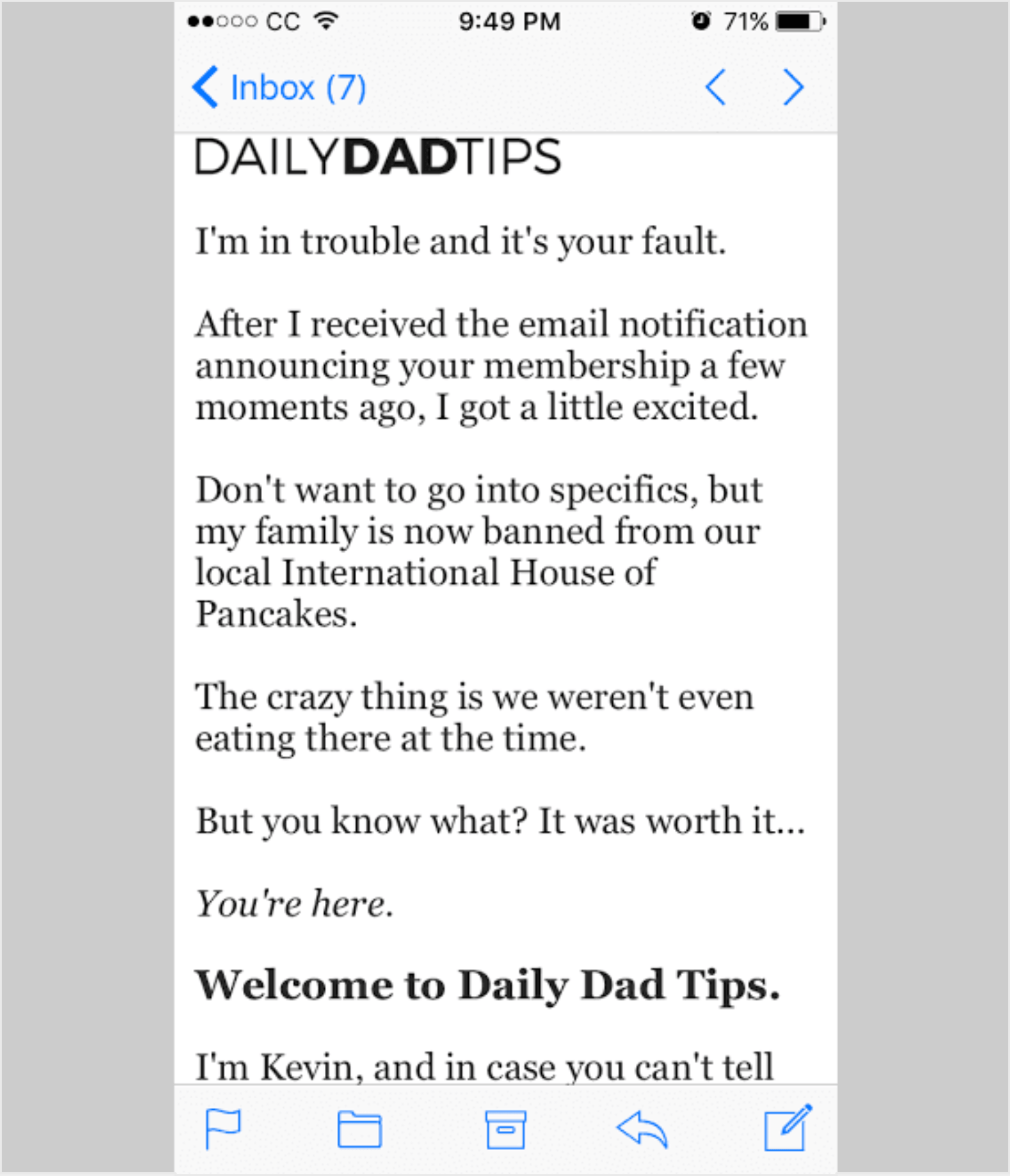
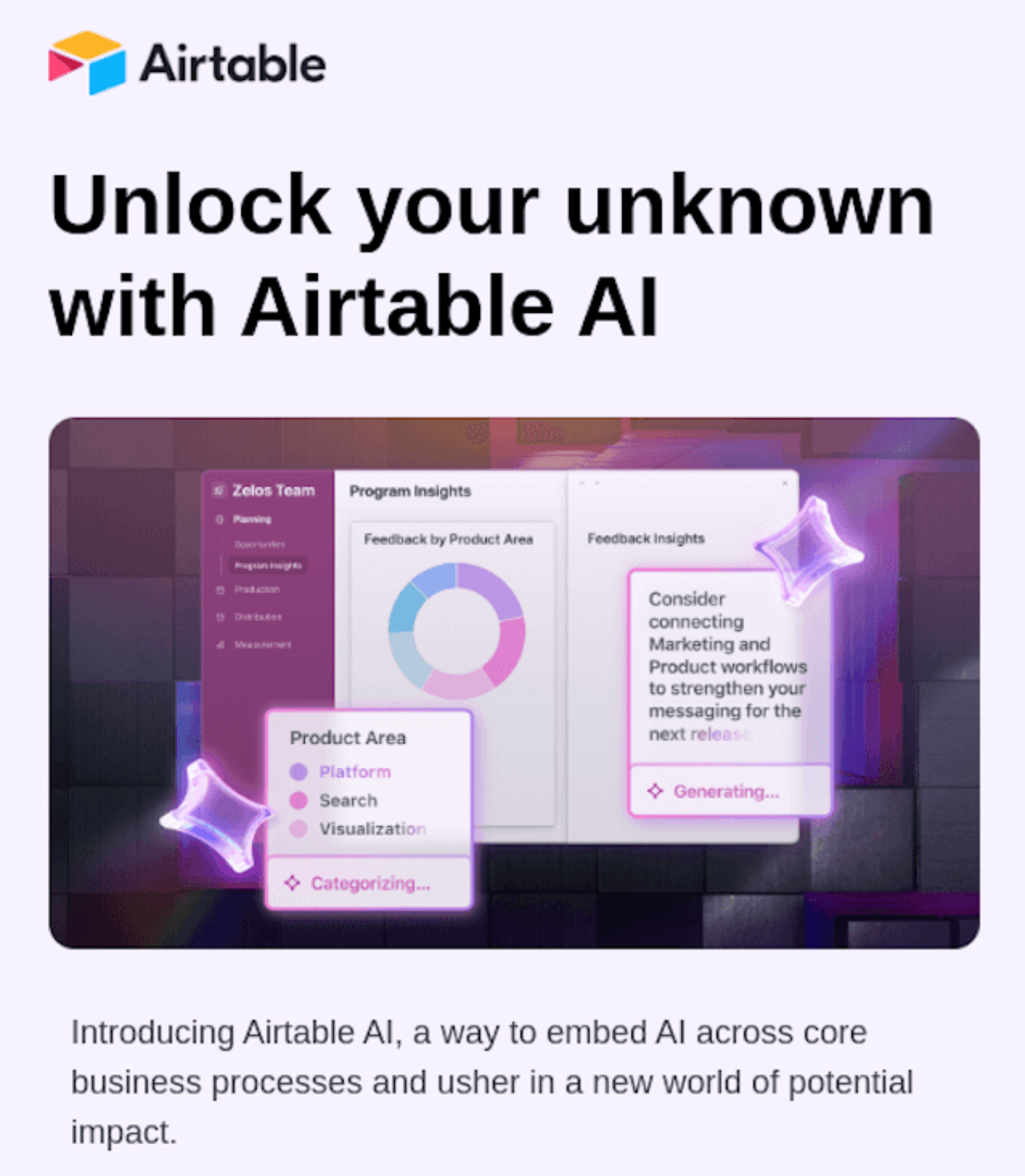
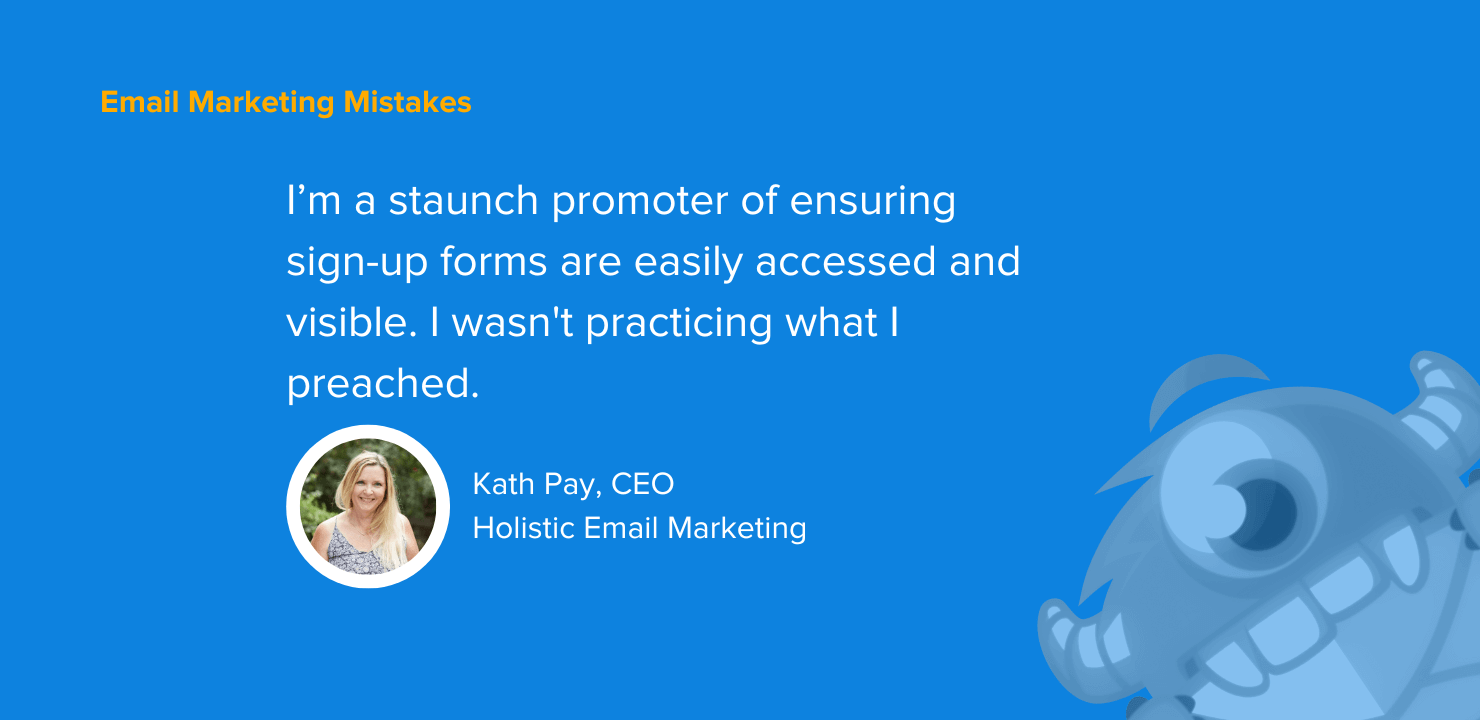

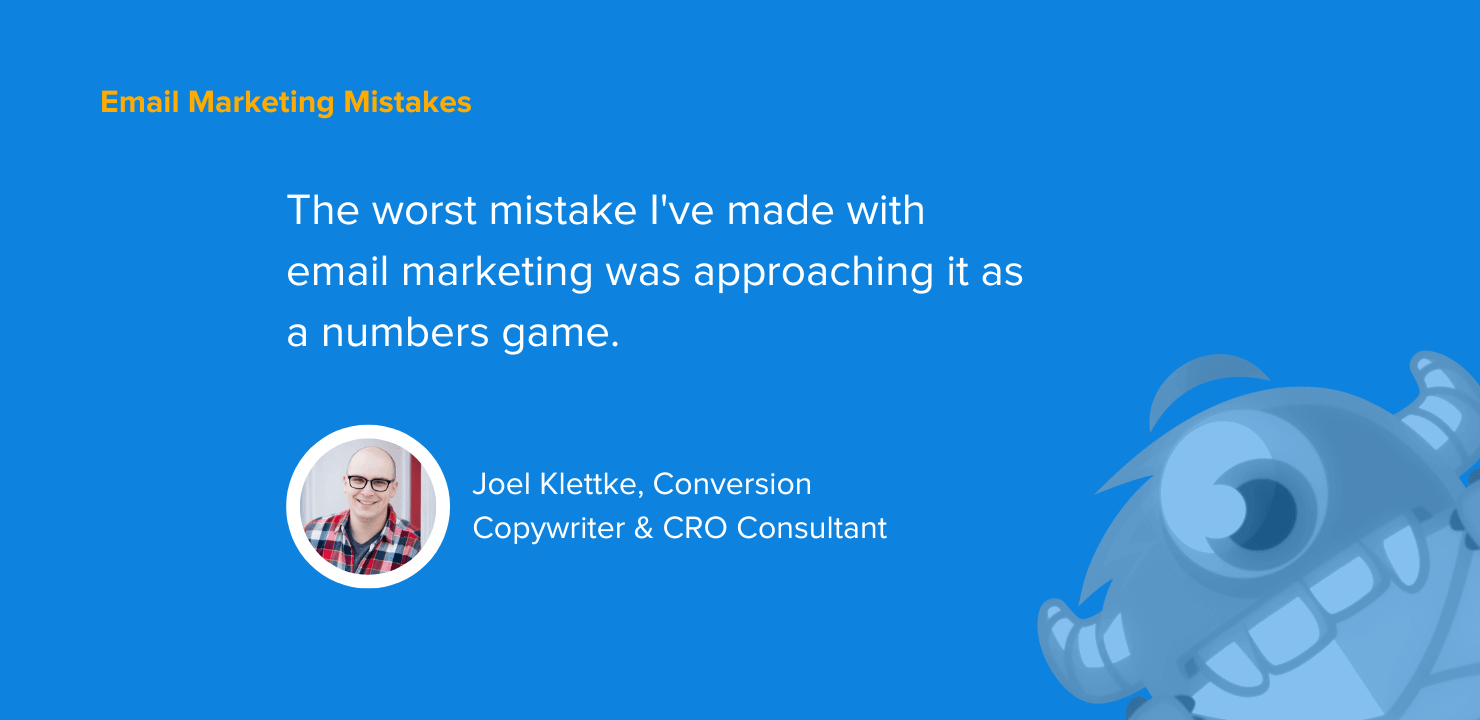


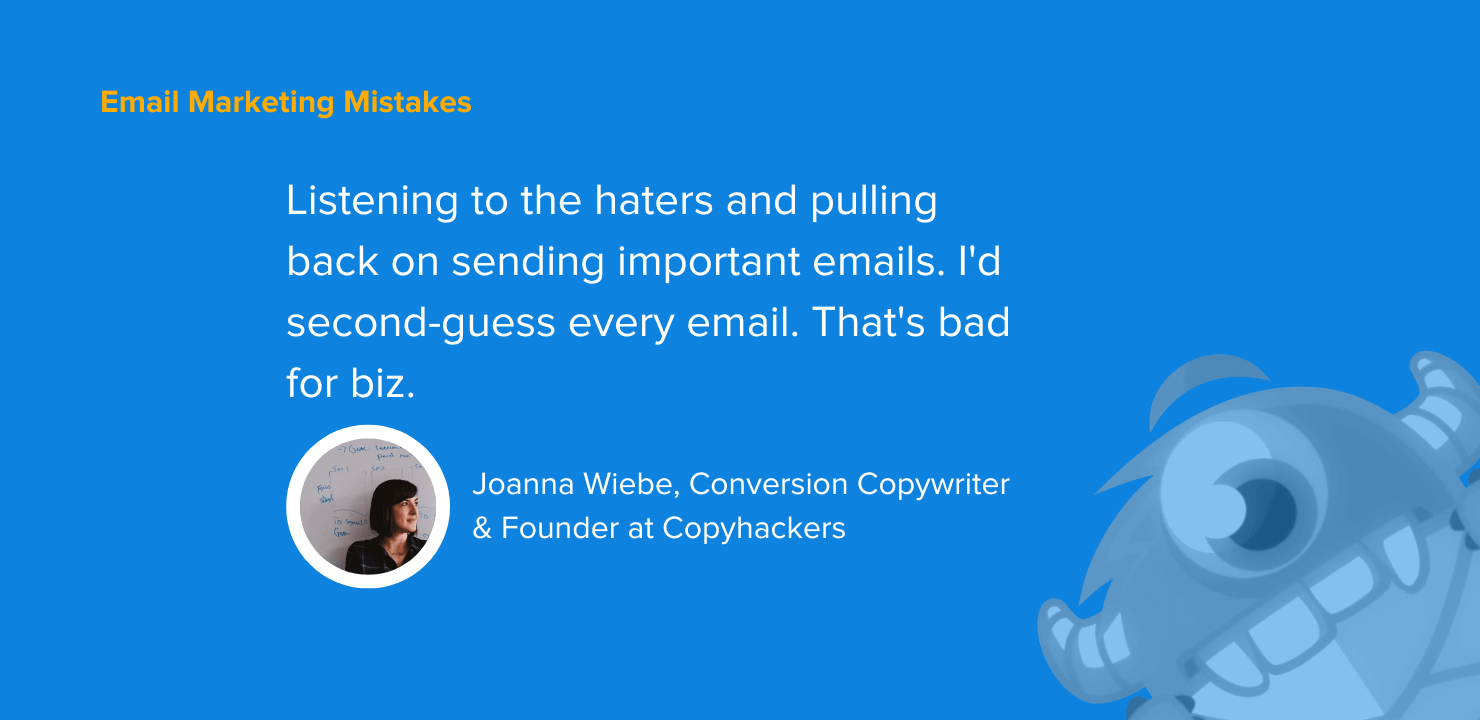
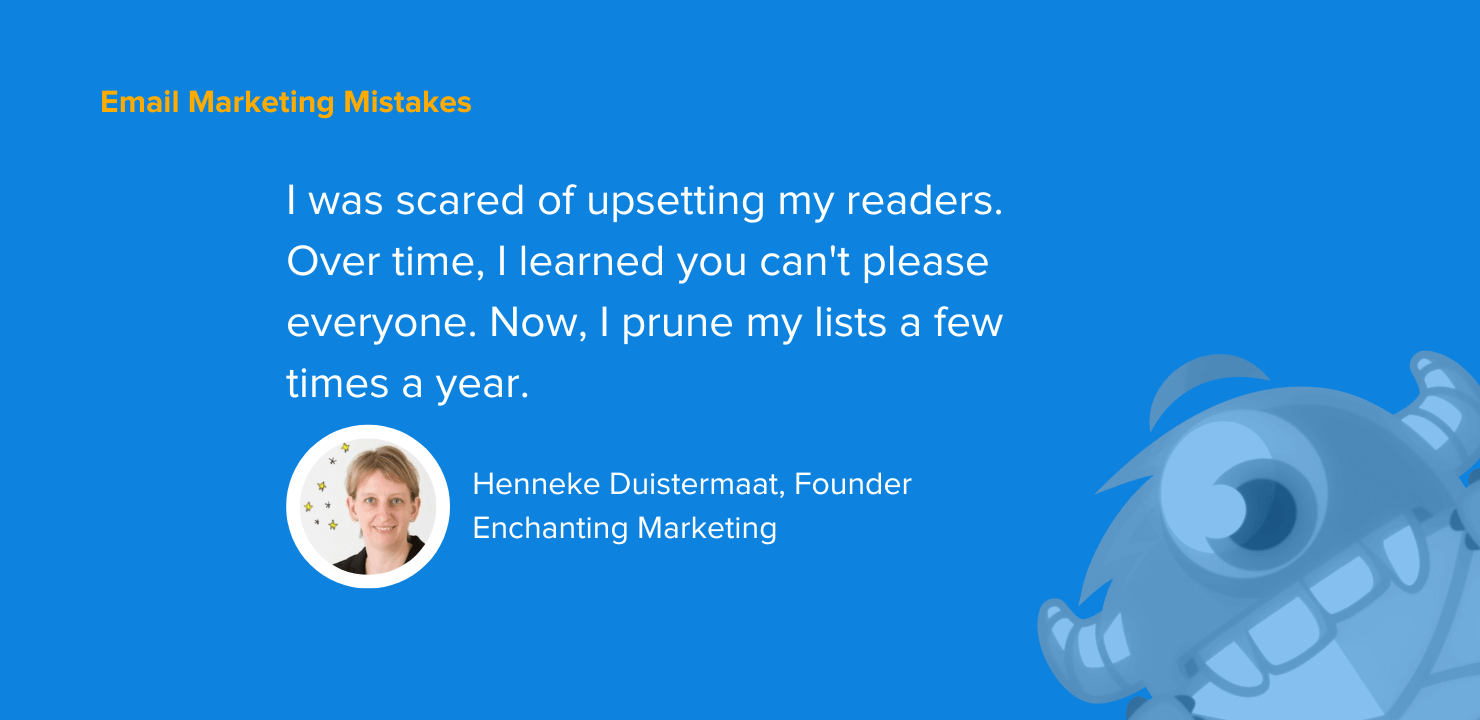








Add a Comment